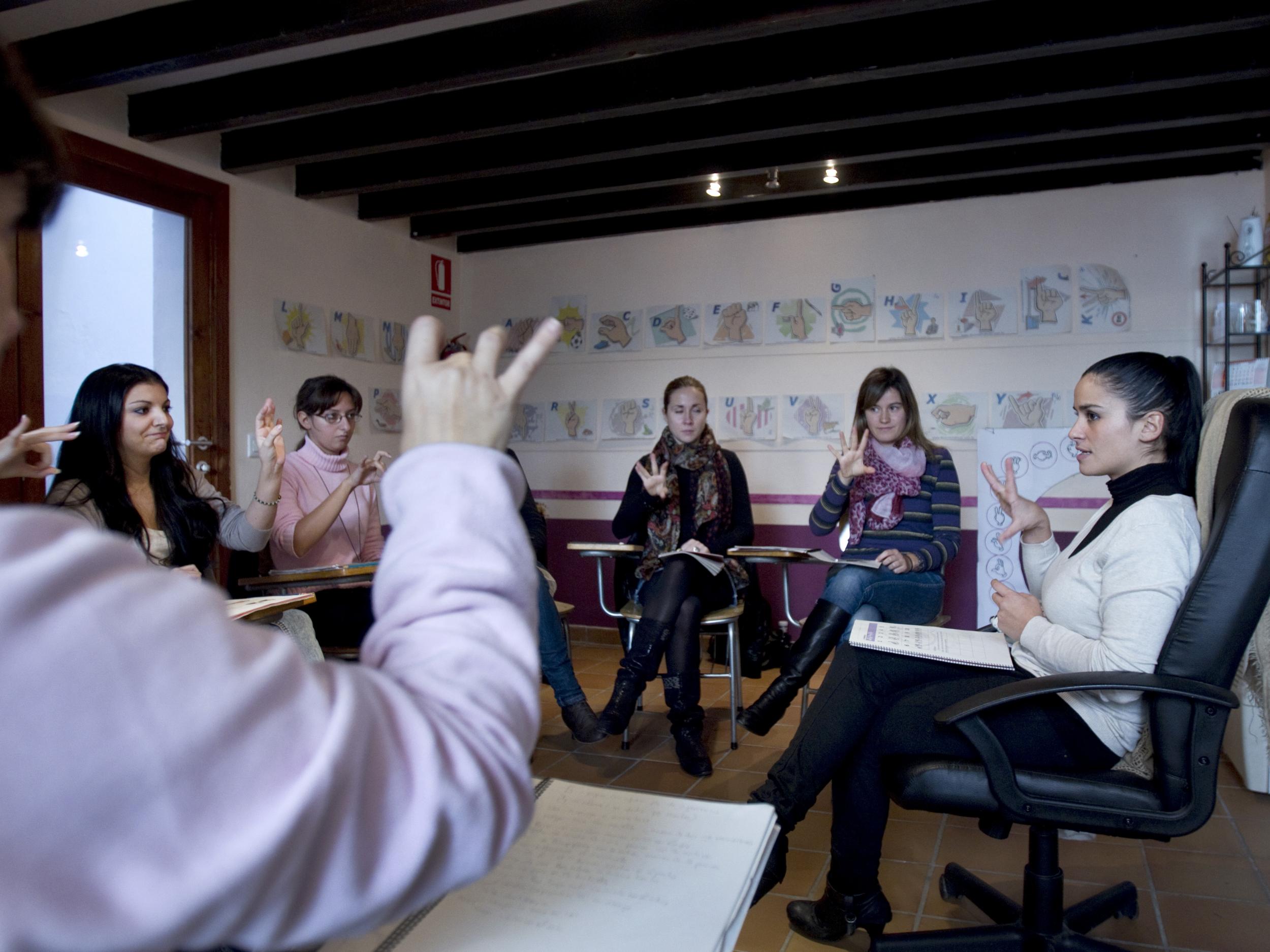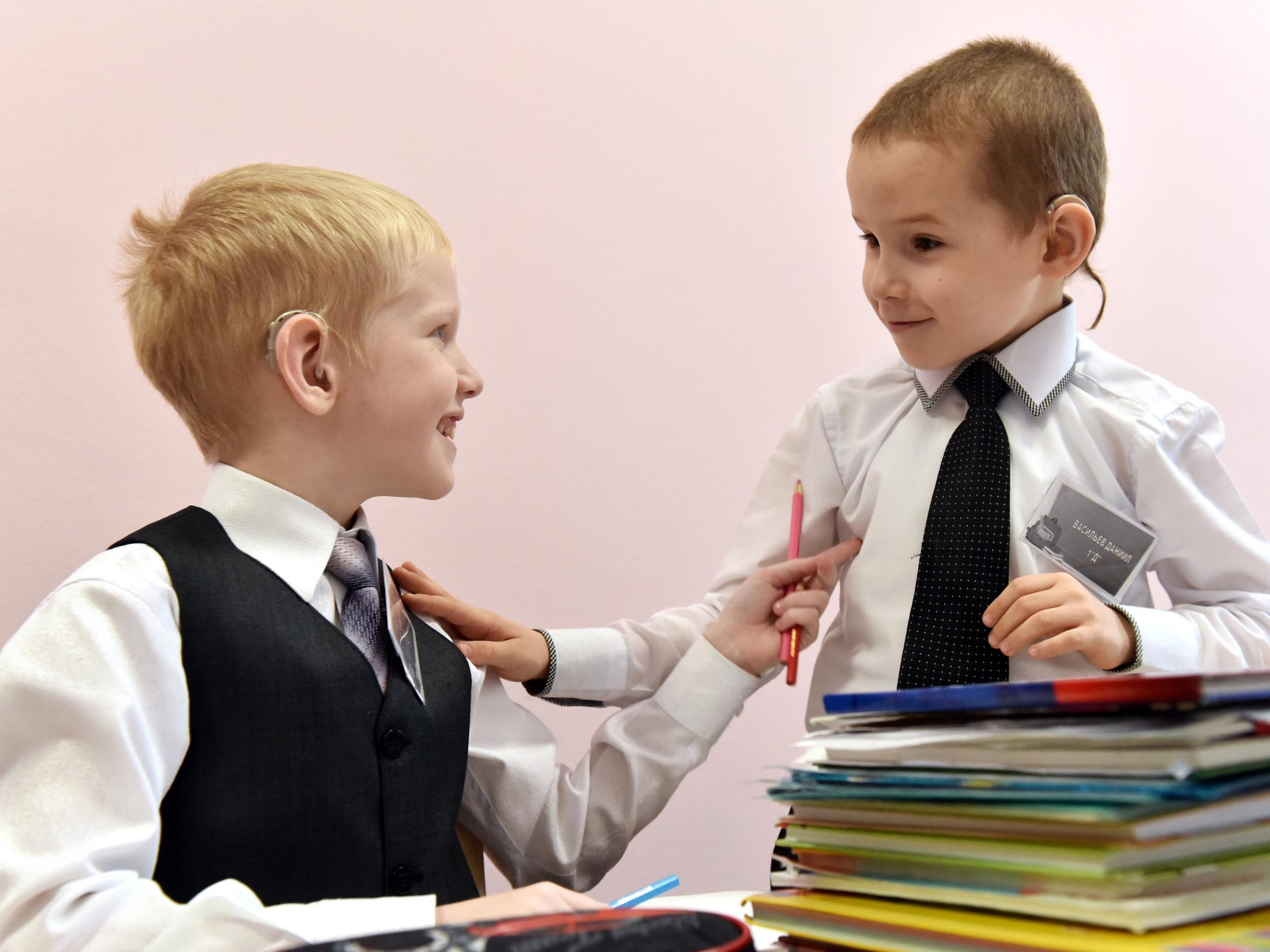Deaf service cuts: a stark reminder of deaf education’s troubled history
The latest proposed cuts to deaf education services just fuel the deaf community's mistrust of the 'hearing' authorities that wield the axe

An investigation by the National Deaf Children’s Society has revealed that services are being cut by an average of 10 per cent. This follows reports that deaf education is already “in complete disarray” due to cuts to specialist teachers.
News of the latest cutbacks have provoked anger among the deaf community who rightly fear that this loss of resources and expertise will have a detrimental impact on the life chances of deaf people.
These developments – while firmly situated in the current climate of austerity and cuts to public services – reflect a long history of the denigration and marginalisation of deaf people.
In the 18th century, deaf people were often cast as animal-like or “brutes”. This was because language was seen as a primary indicator of humanity. Humans differed to animals because they could speak.
Those who could not speak were not considered to be fully human. Needless to say, sign languages were not taken into consideration. As deaf people were considered literally unable to hear the word of God, they were believed to be incapable of religion.
As a result, they were denigrated and persecuted. For example, deaf people were deemed unable to give evidence in court because they were thought to be incapable of undertaking an oath on the Bible.
Things started to change in the 19th century in France when a cleric called Abée de l’Epée (1712-1789) observed Parisian deaf children communicating with each other using sign language.
Intrigued, he learned this language and adapted it to suit his own ends: converting deaf children to Christianity.

At the same time, similar developments were underway in Britain. After tentative beginnings, deaf education started to develop. Visitors to institutions and schools were given demonstrations of deaf education where deaf children were asked questions about God, mathematics and literature.
Their answers demonstrated their humanity. Although they were often still described in patronising and paternalistic terms, it was now seen as possible that deaf children could be educated.
Sign language (BSL in the British case and LSF in the French) was key to these developments. Sign languages differ in vocabulary, grammar and form to spoken English and French.
They are organic languages native to the indigenous deaf communities and beautiful expressions of deaf identity and community as well as a means of communication.
Nonetheless – as illustrated in the recent Oscar-winning short film The Silent Child – the use of such languages could make hearing people feel excluded and sometimes frightened.
Deaf education was unsurprisingly, therefore, not without its controversies. The most significant of which concerned whether sign language should be used or not.
Some teachers of the deaf used sign language (“manualism”) while others insisted that deaf children learn to lip read the vernacular (“oralism”). For a while both systems flourished.
But by the second half of the 19th century, there were two opposing camps and daggers were drawn. Things came to a head in 1880 in the so-called Congress of Milan where deaf teachers gathered to decide once and for all which system was superior.
The odds were heavily stacked against sign language users with only three participants in favour of the manual system.
It was decided that sign language was a “primitive” form of communication and that all deaf children should be taught to lip read – an extremely difficult skill that many deaf children found impossible to master.

This decree had huge consequences in the way in which deaf people were educated. Teachers internationally turned away from sign language and towards lipreading.
The Congress of Milan has been seen as a crushing of deaf culture and the ushering in of a “dark age” of deaf education where children, forced to learn articulation (a laborious process), were denied access to education beyond the mere rudiments of speech.
The date of 1880 is etched on the memory of the deaf community as a moment of cultural demolition.
The consequences of the congress lasted over 100 years during which deaf schools often forbade children from using sign language and were reported to smack the children or tie children’s hands behind their backs if they were caught signing to each other.
Over the course of the 20th century deaf activists did much to revitalise the use of sign language among the deaf community and the language began to grow once again.
But while education for deaf children improved over the second half of the 20th century and the beginnings of the 21st, a lot of this success has depended on specialist teachers of the deaf who have knowledge of sign language as well as oralist techniques.
The prospective cuts to deaf children’s services risks damaging this progress. Unsurprisingly, given the nature of deaf history, there is considerable mistrust between the deaf community and hearing people.
The proposed cuts not only jeopardise the futures of deaf children but risk reigniting a history fraught with difficulty.
is a senior lecturer in the history of the British Empire at the University of Sheffield. This article was originally published on TheConversation.com
Join our commenting forum
Join thought-provoking conversations, follow other Independent readers and see their replies
Comments